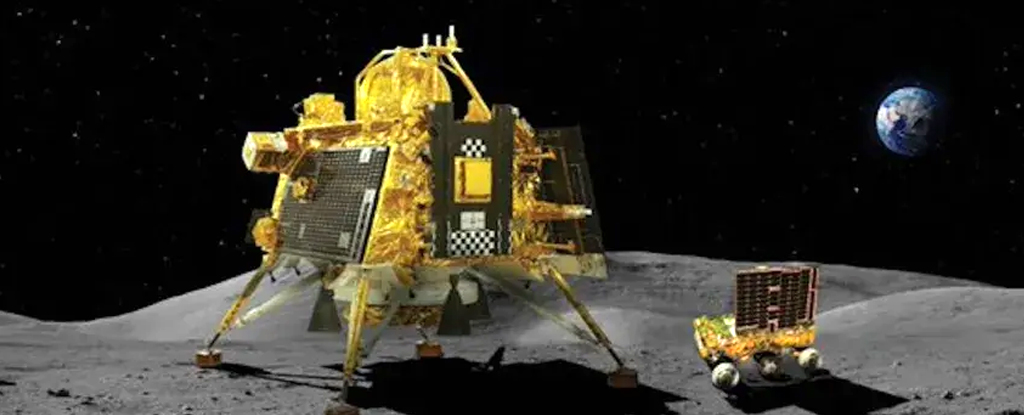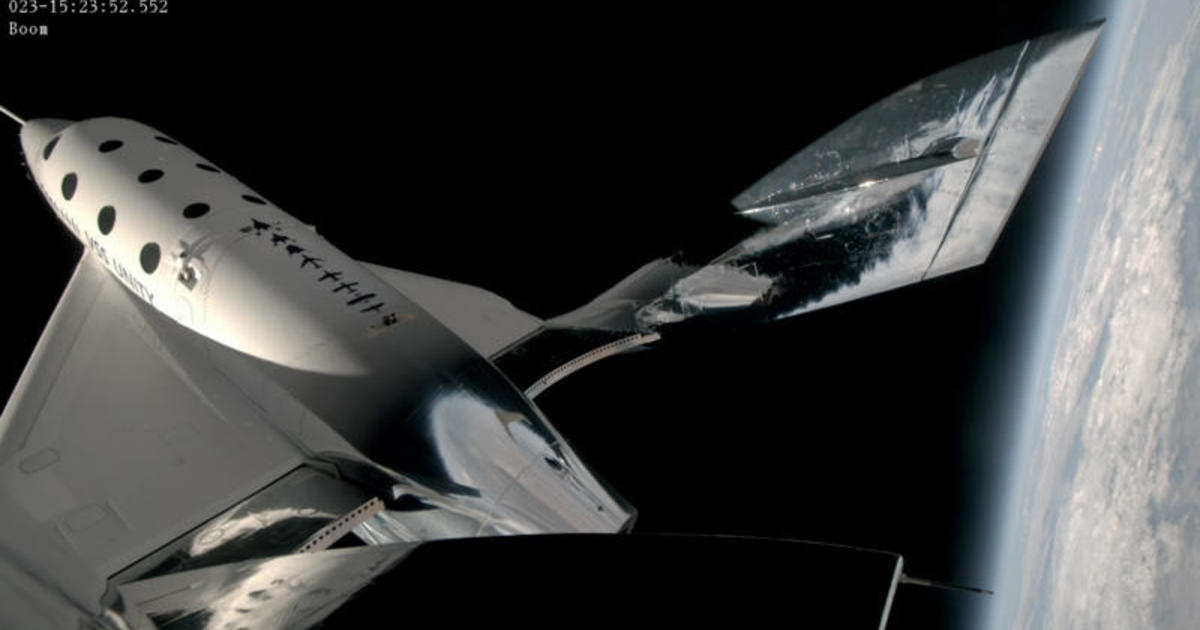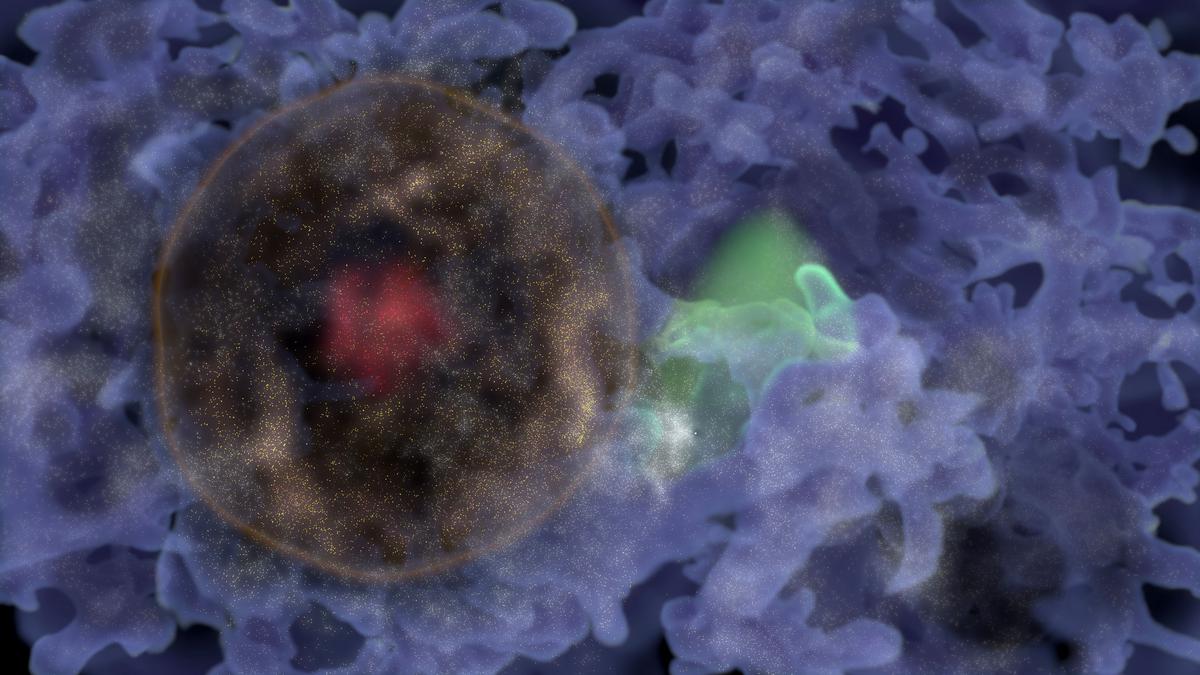India’s Chandrayaan-3 mission delivered the Vikram lander and the Pragyan rover to the lunar surface on August 23. Now, as the lunar day ends two weeks later, the rover’s mission may be over. The Indian Space Research Organization (ISRO) has put Pragyan into sleep mode.
We have become familiar with rover missions over the years, thanks in large part to NASA’s Mars rovers. But those rovers have MMRTGs (Multi-Mission Radioisotope Thermoelectric Generator) power plants that last for years. They are also very expensive, while the Chandrayaan-3 mission cost only about 75 million dollars.
But Pragyan relies on the power of the sun, and the moonlit night has arrived.
Pragyan has transmitted all its data in its short mission and is now hibernating. The temperature on the surface of the moon will drop to -120C (-184F), and the spacecraft’s electronics are not built to handle that. But the battery is charged, and the receiver still works. There is hope that it can be reactivated after nightfall and can resume its work on September 22.
The mission’s engineering goals were to land safely on the Moon and demonstrate the rover’s ability to drive on the Moon. The mission met those goals.
frameborder = “0” allow = “accelerometer; autoplay; clipboard-write; encrypted-media; gyroscope picture-in-picture; web-share” allowfulscreen>
When it came to science, the mission’s goals were to detect water ice and characterize the composition of the lunar regolith. It carries a spectrometer and a spectroscope for that purpose. Its measurements will contribute to our understanding of the influence of the moon and the evolution of the lunar atmosphere.
ISRO released some data on the mission. Temperature measurements taken at this site show a clear difference between the temperature just above and below the surface. The surface temperature was 50 C, and a few millimeters below the surface, it was 10 C.
This is the first time that temperature has been measured near the South Pole, and it confirms what other activities have found elsewhere on the Moon. The top layer of regolith acts as an insulator and does not conduct heat well.
The mission also discovered sulfur at the South Pole. It has been discovered elsewhere on the Moon, but this is the first time it has been discovered at the South Pole. It is also the first time it has been identified through in-situ measurements.
Other mission data will determine the overall outcome of the scientific objectives, and Indian scientists will get the first crack at the data before it is available to international scientists.
India tried to land on the Moon in 2019 but failed, so this achievement should be extraordinarily satisfying for the people at ISRO. With this success, they are the fourth nation to taste the success of the moon, after the USA, the Soviet Union, and China.
India sees itself as a great nation, and this success will fuel that vision. It doesn’t hurt that it comes so soon after Russia failed to land the Luna-25 spacecraft. India and Russia are traditional allies since the Cold War, but India is enjoying success, while Russia is learning to live with failure.
Two days ago the Lander’s imaging camera was turned on #Vikram he caught the #Prayer the rover makes a 360 turn. You can see it moving up the lunar regolith on its wheels.
I uploaded and linked the official video by @isro. https://t.co/d4XBbG9VXU pic.twitter.com/WBUwbD4Rmi
— Simeon Schmauss (@stim3on) August 31, 2023
This achievement adds to India’s growing capability in space missions. They have launched many satellites, themselves and other nations, and their Mangalyaan Mars Orbiter lasted 7.5 years. They will launch their first mission to the ISS in collaboration with NASA.
ISRO is also planning a joint mission to the Moon with Japan called the Lunar Polar Exploration Mission (LUPEX.) LUPEX will have another lander/rover mission to the South Pole of the Moon.
On an interesting note, the European Space Agency plans to send the Exospheric Mass Spectrometer L-band (EMS-L) instrument on the LUPEX mission. It was originally intended to go to the Moon on the Russian Luna-25 mission, but ESA no longer cooperates with Russia because Russia invaded Ukraine.
There is still a chance that Pragyan may wake up after nightfall. The Sun will return on September 22, and ISRO hopes that the host can continue its mission. If ISRO succeeds and can wake up Pragyan, that will add to the success of the mission.
This article was originally published by Universe Today. Read the first article.
#Indias #Lunar #Rover #Slept #Wake





